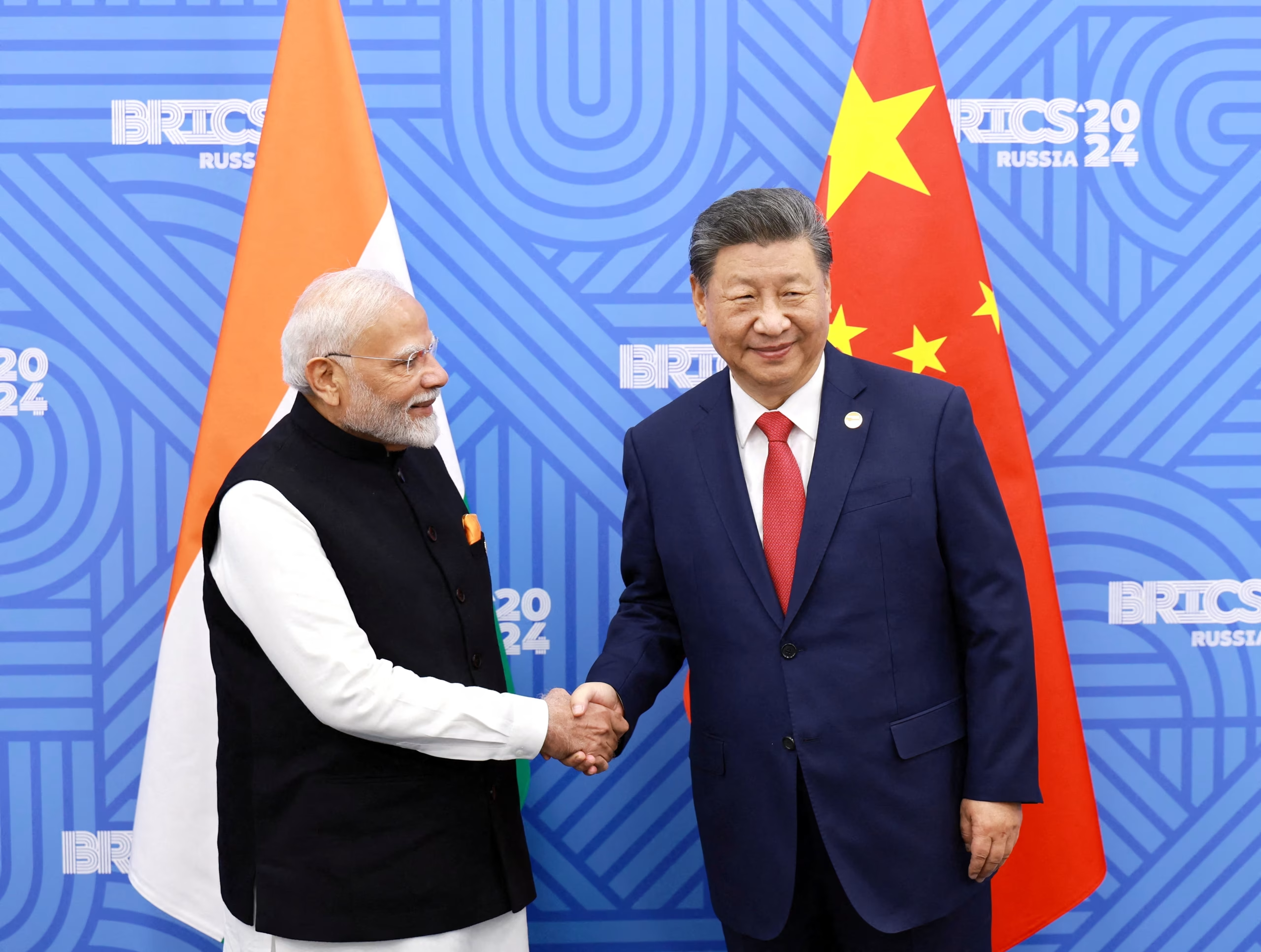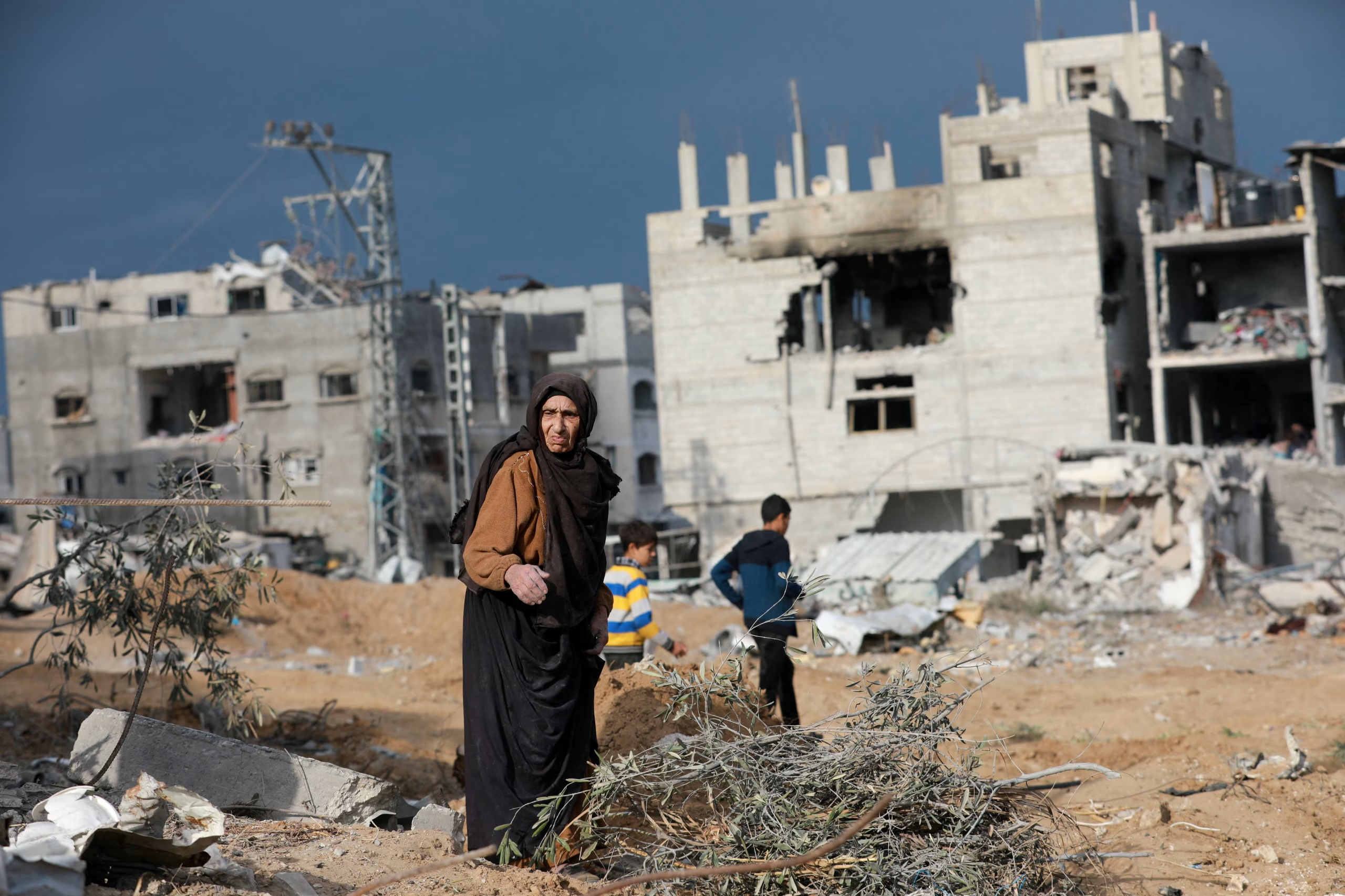
Pope Francis has died at the age of 88, the Vatican has announced. His passing marks the end of a transformative 12-year papacy that began in March 2013, following the unprecedented resignation of Pope Benedict XVI.
Pope Francis had recently been released from Rome’s Gemelli Hospital, where he was admitted on February 14 due to breathing difficulties. Doctors later confirmed he was suffering from a severe respiratory infection and double pneumonia, conditions that strain the lungs and can make breathing extremely difficult.
Despite his health challenges, Pope Francis appeared before crowds in St. Peter’s Square on Easter Sunday and met with U.S. Vice President JD Vance just yesterday.
Pope Francis was a trailblazer in many ways. He was the first Jesuit to lead the Catholic Church, the first pope from the Americas, the first from the Southern Hemisphere, and the first non-European pontiff since Gregory III more than a millennium ago.
His death triggers the solemn process of electing a new pope. Over the coming days, a papal funeral will be held, followed by the conclave—culminating in the symbolic white smoke that signals the election of a new pontiff.
From Buenos Aires to the Vatican
Born Jorge Mario Bergoglio on December 17, 1936, in Buenos Aires, Argentina, he was the son of Italian immigrants. Before entering religious life, Bergoglio trained as an industrial chemist and led a vibrant youth—dancing the tango, dating, and even briefly working as a nightclub bouncer.
In a 2010 biography, he reminisced about his love for tango, recalling a female friend with whom he used to dance before discovering his religious calling.
He first studied at a diocesan seminary before joining the Jesuits. At just 36, he became head of the Jesuit order in Argentina, serving from 1973 to 1979. The brutal realities of Argentina’s Dirty War deeply influenced him, shifting his conservative outlook toward a more pastoral and compassionate approach to faith and leadership.
Named Archbishop of Buenos Aires in 1998, Bergoglio was elevated to cardinal by Pope John Paul II in 2001. That same year, he stepped in as general rapporteur of the Synod of Bishops when Cardinal Edward Egan returned to New York after the 9/11 attacks—an act that raised his profile in Rome.
A Humble Pope Francis with Global Impact
By the time of the 2005 conclave to replace John Paul II, Bergoglio was considered a strong contender, reportedly receiving significant support before Joseph Ratzinger was elected as Pope Benedict XVI.
After Benedict’s historic resignation in 2013, Bergoglio was chosen to succeed him on March 13, taking the name Francis in honor of Saint Francis of Assisi. He later shared that the name was inspired by a reminder from Cardinal Claudio Hummes to “not forget the poor.”
In his first appearance as pope, Francis addressed the crowd in St. Peter’s Square with a tone of humility, noting that the cardinals had gone “to the ends of the earth” to find a new leader.
Nicknamed “The Francis Effect,” his early days were marked by a less formal and more approachable style. He rejected the luxurious papal apartments, choosing instead to live in the Casa Santa Marta guesthouse, and famously returned to pay his own bill at the clergy residence following his election.
Francis preferred simplicity—black shoes over red papal loafers—and referred to himself modestly as the “Bishop of Rome.”
Throughout his papacy, Francis was seen as a reformer and a more progressive voice within the Church, especially on issues like LGBTQ+ rights. Just months into his papacy, when asked about gay priests, he made headlines by responding: “If someone is gay and he searches for the Lord and has good will, who am I to judge?”
He later denounced the criminalization of homosexuality as unjust and emphasized that people with “homosexual tendencies” are children of God who deserve a place in the Church.
Looking back on Francis’s legacy, Dr. Gregory Ryan of the Centre for Catholic Studies at Durham University reflected on how his leadership altered traditional dynamics within the Church.
“Many of the loudest critics of Francis today are the same figures who once insisted clergy must align strictly with papal teaching,” Ryan noted. “The tide has turned. What’s different now is that criticism is coming not just from theologians and activists, but from bishops as well.”
As the Catholic Church prepares for the next chapter, the impact of Pope Francis—his humility, reform-minded spirit, and deep concern for the marginalized—will remain a lasting part of its history.











